In this article, I’m reporting on.
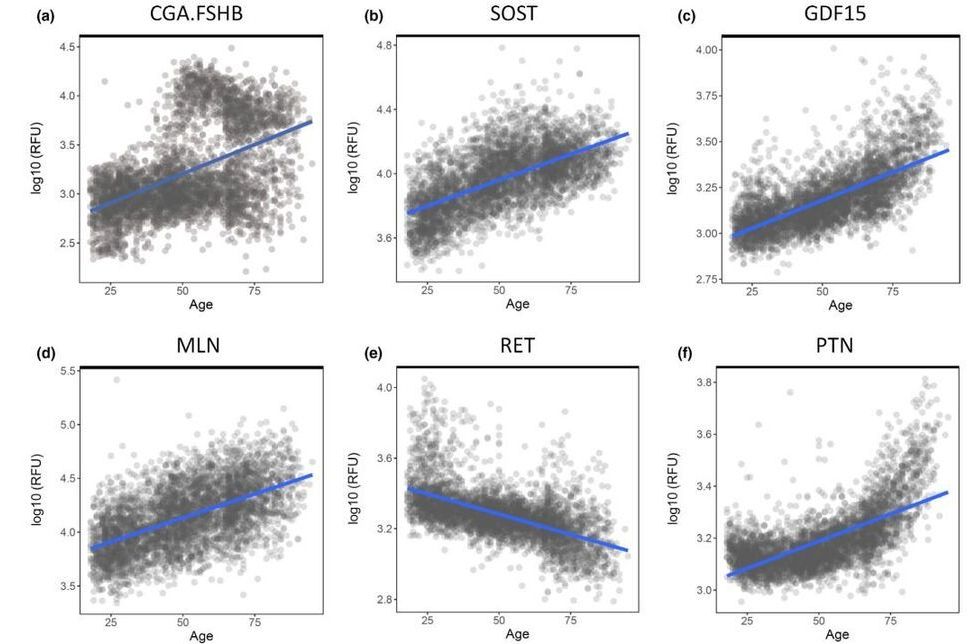


Future leather…may be made from fungus! Cool! 😃
Around five years ago, US companies MycoWorks and Ecovative invented and patented fungus-derived leather technologies. These technologies use the mushroom’s root-like structure, known as mycelium. When mycelium is grown on agricultural waste or sawdust, they produce a thick mat that can be treated to look like leather.
This natural biological process can be conducted anywhere since the roots are used and not the mushrooms. The process doesn’t need light; it turns waste into something useful and stores carbon by collecting it in the growing fungus.
Making fungi leather (or mycelium leather) is an overall significantly quicker process than traditional leather. It takes years to raise a cow to maturity, while going from a single spore to a finished fungi leather takes weeks.
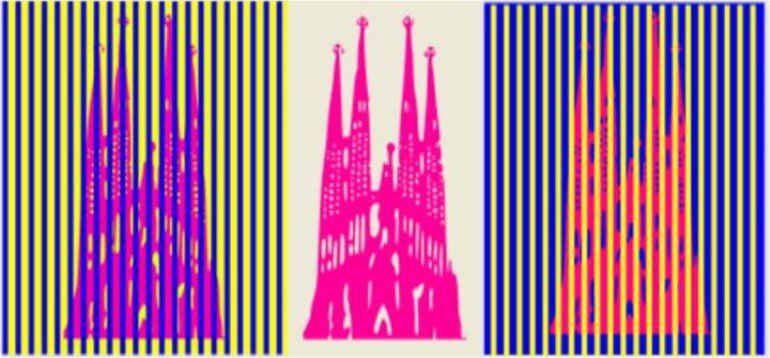
Summary: When convolutional neural networks are trained under experimental conditions, they are deceived by the brightness and color of a visual image in similar ways to the human visual system.
Source: UPF Barcelona.
A convolutional neural network is a type of artificial neural network in which the neurons are organized into receptive fields in a very similar way to neurons in the visual cortex of a biological brain.

An expert panel is meeting Thursday to consider whether the Food and Drug Administration should issue a second emergency use authorization for a Covid-19 vaccine, this one made by Moderna. It is almost a foregone conclusion that it will. But the hearing still promises to tell us more about the vaccine and its use. The FDA gave Moderna’s vaccine a favorable review in the leadup to the meeting, all but guaranteeing the Vaccines and Related Biological Products Advisory Committee will recommend an EUA be granted. It’s also widely expected the FDA will issue the EUA on Friday.
The authorization will mark the second Covid-19 vaccine cleared by the agency — and amount to one more step toward curbing the pandemic.
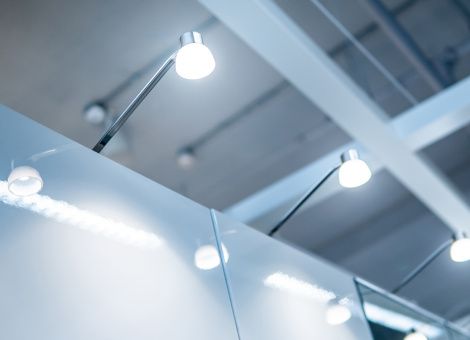
Am I reading this wrong? Sunelight is literally a cure / weapon against corona? Or am I missing something / making an incorrect logical link?
Researchers from Tel Aviv University (TAU) have proven that the coronavirus can be killed efficiently, quickly, and cheaply using ultraviolet (UV) light-emitting diodes (UV-LEDs). They believe that the UV-LED technology will soon be available for private and commercial use.
This is the first study conducted on the disinfection efficiency of UV-LED irradiation at different wavelengths or frequencies on a virus from the family of coronaviruses. The study was led by Professor Hadas Mamane, Head of the Environmental Engineering Program at TAU’s School of Mechnical Engineering, Iby and Aladar Fleischman Faculty of Engineering. The article was published in November 2020 issue of the Journal of Photochemistry and Photobiology B: Biology.
“The entire world is currently looking for effective solutions to disinfect the coronavirus,” said Professor Mamane. “The problem is that in order to disinfect a bus, train, sports hall, or plane by chemical spraying, you need physical manpower, and in order for the spraying to be effective, you have to give the chemical time to act on the surface. Disinfection systems based on LED bulbs, however, can be installed in the ventilation system and air conditioner, for example, and sterilize the air sucked in and then emitted into the room.

The idea that mass extinctions allow many new types of species to evolve is a central concept in evolution, but a new study using artificial intelligence to examine the fossil record finds this is rarely true, and there must be another explanation.
Charles Darwin’s landmark opus, On the Origin of the Species, ends with a beautiful summary of his theory of evolution, “There is a grandeur in this view of life, with its several powers, having been originally breathed into a few forms or into one; and that, whilst this planet has gone cycling on according to the fixed law of gravity, from so simple a beginning endless forms most beautiful and most wonderful have been, and are being, evolved.”
In fact, scientists now know that most species that have ever existed are extinct. This extinction of species has on the whole been roughly balanced by the origination of new ones over Earth’s history, with a few major temporary imbalances scientists call mass extinction events. Scientists have long believed that mass extinctions create productive periods of species evolution, or “radiations,” a model called “creative destruction.” A new study led by scientists affiliated with the Earth-Life Science Institute (ELSI) at Tokyo Institute of Technology used machine learning to examine the co-occurrence of fossil species and found that radiations and extinctions are rarely connected, and thus mass extinctions likely rarely cause radiations of a comparable scale.
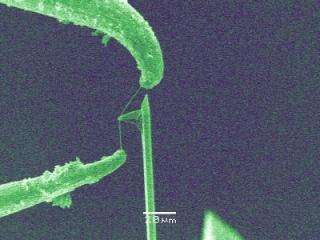
Circa 2006 o.,o.
Researchers at the National Institute of Standards and Technology and the University of Colorado at Boulder have designed a carbon nanotube knife that, in theory, would work like a tight-wire cheese slicer.
In a paper presented this month at the 2006 International Mechanical Engineering Congress and Exposition, the research team announced a prototype nanoknife that could, in the future, become a tabletop tool of biology, allowing scientists to cut and study cells more precisely than they can today.
For years, biologists have wrestled with conventional diamond or glass knives, which cut frozen cell samples at a large angle, forcing the samples to bend and sometimes later crack. Because carbon nanotubes are extremely strong and slender in diameter, they make ideal materials for thinly cutting precise slivers of cells. In particular, scientists might use the nanoknife to make 3D images of cells and tissues for electron tomography, which requires samples less than 300 nanometers thick.
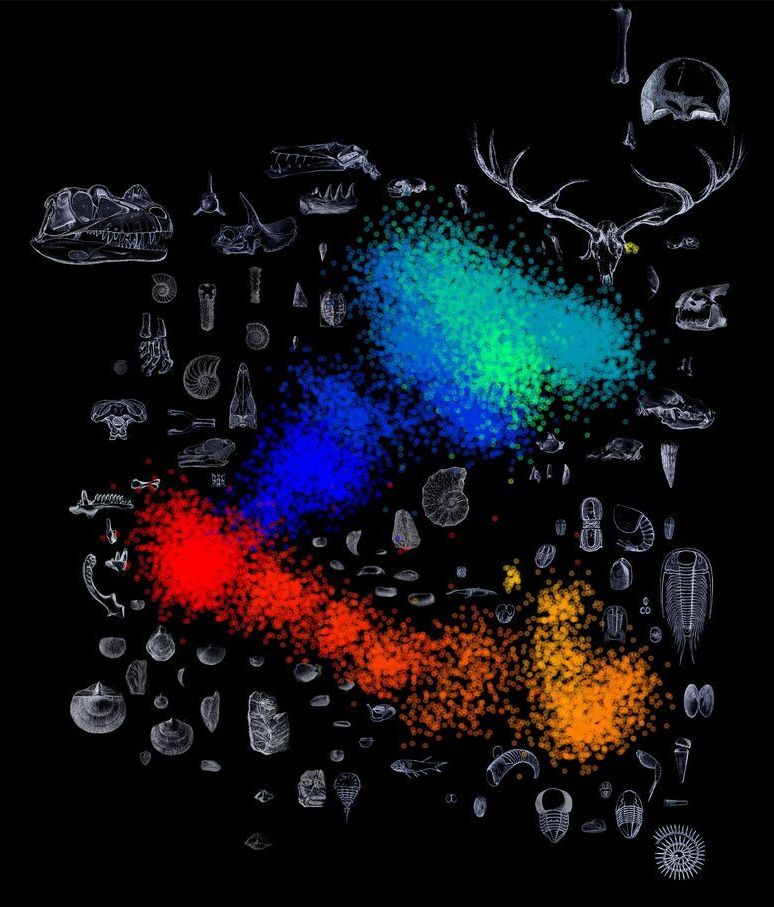
Charles Darwin’s landmark opus “On the Origin of the Species” ends with a beautiful summary of his theory of evolution: “There is a grandeur in this view of life, with its several powers, having been originally breathed into a few forms or into one; and that, whilst this planet has gone cycling on according to the fixed law of gravity, from so simple a beginning endless forms most beautiful and most wonderful have been, and are being, evolved.” In fact, scientists now know that most species that have ever existed are extinct.
This extinction of species has, on the whole, been roughly balanced by the origination of new ones over Earth’s history, with a few major temporary imbalances scientists call mass extinction events. Scientists have long believed that mass extinctions create productive periods of species evolution, or “radiations,” a model called “creative destruction.” A new study led by scientists affiliated with the Earth-Life Science Institute (ELSI) at Tokyo Institute of Technology used machine learning to examine the co-occurrence of fossil species and found that radiations and extinctions are rarely connected, and thus mass extinctions likely rarely cause radiations of a comparable scale.
Creative destruction is central to classic concepts of evolution. It seems clear that there are periods in which many species suddenly disappear, and many new species suddenly appear. However, radiations of a comparable scale to the mass extinctions, which this study, therefore, calls the mass radiations, have received far less analysis than extinction events. This study compared the impacts of both extinction and radiation across the period for which fossils are available, the so-called Phanerozoic Eon. The Phanerozoic (from the Greek meaning “apparent life”), represents the most recent ~ 550-million-year period of Earth’s total ~4.5 billion-year history, and is significant to palaeontologists: Before this period, most of the organisms that existed were microbes that didn’t easily form fossils, so the prior evolutionary record is hard to observe.
Serena Corr looks at the science behind batteries, discusses why we are hunting for new ones and investigates what tools we use to pave this pathway to discovery.
Watch the Q&A: https://youtu.be/lZjqiR0czLo.
The hunt is on for the next generation of batteries that will power our electric vehicles and help our transition to a renewables-led future. Serena shows how researchers at the Faraday Institution are developing new chemistries and manufacturing processes to deliver safer, cheaper, and longer-lasting batteries and provide higher power or energy densities for electric vehicles.
Serena Corr is a Chair in Functional Materials and Professor in Chemical and Biological Engineering at the University of Sheffield. She works on next-generation battery materials and advanced characterisation techniques for nanomaterials.
This event was generously supported by The Faraday Institution.
–
A very special thank you to our Patreon supporters who help make these videos happen, especially:
János Fekete, Mehdi Razavi, Mark Barden, Taylor Hornby, Rasiel Suarez, Stephan Giersche, William Billy Robillard, Scott Edwardsen, Jeffrey Schweitzer, Gou Ranon, Christina Baum, Frances Dunne, jonas.app, Tim Karr, Adam Leos, Andrew Weir, Michelle J. Zamarron, Andrew Downing, Fairleigh McGill, Alan Latteri, David Crowner, Matt Townsend, Anonymous, Andrew McGhee, Roger Shaw, Robert Reinecke, Paul Brown, Lasse T. Stendan, David Schick, Joe Godenzi, Dave Ostler, Osian Gwyn Williams, David Lindo, Roger Baker, Greg Nagel, and Rebecca Pan.
–
The Ri is on Patreon: https://www.patreon.com/TheRoyalInstitution.

There is a renaissance occurring in the field of artificial intelligence. For some drawn-out specialists in the field, it isn’t excessively self-evident. Many are making against the advancements of Deep Learning is anyway an amazingly radical departure from classical methods.
Old style A.I. procedures has zeroed in generally on the legitimate premise of cognition, Deep Learning by contrast works in the territory of cognitive intuition. Deep learning frameworks display behavior that seems biological despite not being founded on biological material. It so happens that humankind has fortunately discovered Artificial Intuition as Deep Learning.
Artificial intuition is a simple term to misconstrue since it seems like artificial emotion and artificial empathy. In any case, it contrasts fundamentally. Scientists are dealing with artificial intuition so that machines can impersonate human behavior all the more precisely. Artificial intuition plans to distinguish a human’s perspective in real-time. Along these lines, for instance, chatbots, virtual assistants and care robots can react to people all the more appropriately in context. Artificial intuition is more similar to human intuition since it can quickly evaluate the totality of a situation, including subtle indicators of a specific activity.